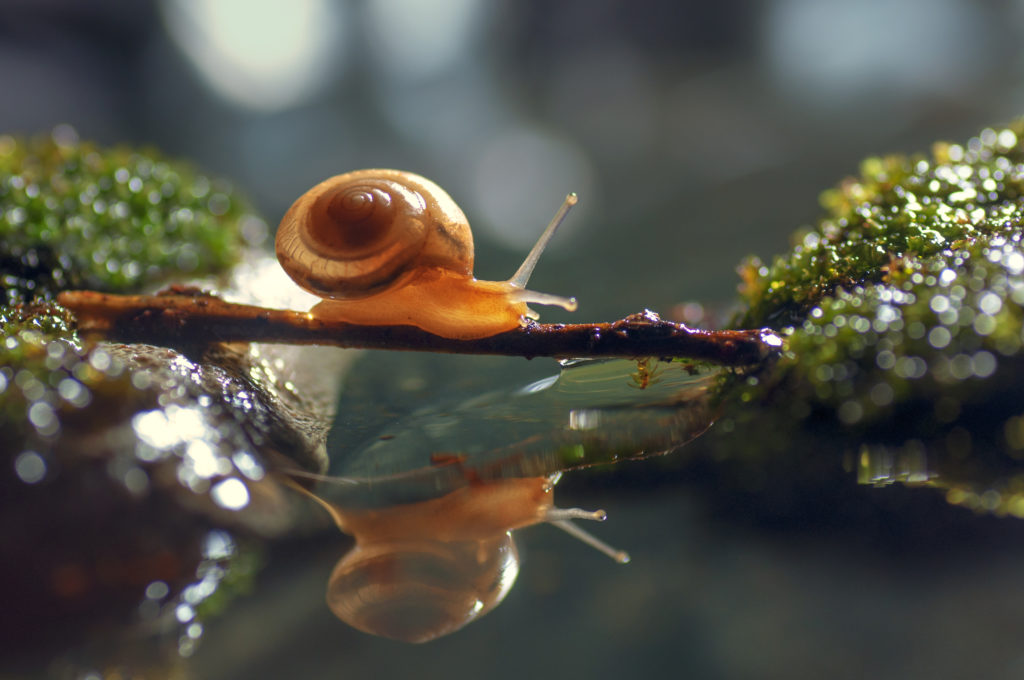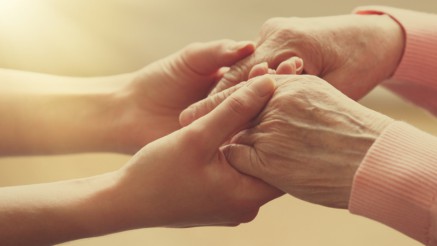Have you ever thought of how snails spend their lives crawling through dirty soil filled with different types of bacteria all day and still manage to outlive it unaffected? A couple researchers decided to look into the antibiotic resistance of garden snails. They are Sarah Pitt, Ph.D., principal lecturer in the School of Pharmacy and Biomolecular Science at the University of Brighton, and Alan Gunn, Ph.D., subject lead for biosciences in the School of Natural Sciences and Psychology at Liverpool John Moores University. Researchers collected garden snails and conducted studies on them. The results showed that they effectively keep a very tough bacterium P. aeruginosa at bay. "If we can make the proteins artificially in the lab, we can try and work out what they are doing to the bacterium. We think that it might be possible to incorporate the purified protein into a cream to treat deep burn wounds and possibly an aerosol to treat lung infections," says Pitt. The current findings open up doors for future therapeutic purposes and help use the proteins with healing potential as the new treatment option.
(Source: www.medicalnewstoday.com)


